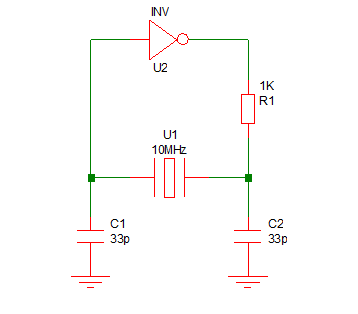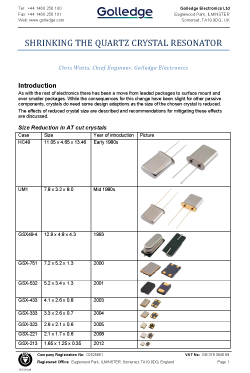What to consider when using smaller and smaller quartz crystals
2 Oct 2015
CHRIS WATTS - CHIEF ENGINEER
With the industry drive towards smaller crystals Golledge's Chief Engineer, Chris Watts, takes an in-depth look at the effects of shrinking the crystal, including reduced motional capacitance, reduced trim sensitivity, increased motional resistance and an increase in the minimum usable frequency.
Many of the latest applications, including wearables and detailed automotive boards, call for more and more intricate designs, with less and less space for essential components. The design challenges that these constraints pose are often met by reducing the size of the components themselves, and it is important to be aware of the effects of this size reduction on the overall design.

This whitepaper describes in detail the effects of using a smaller crystal and recommends actions designers can take to mitigate the effects.
This paper looks in-depth at the mathematical models of the behaviour of crystal resonators, explores the effects of reducing the size of the crystal itself, and explains steps engineers can take to overcome these changes, including how to compensate for frequency shift, and unwanted perturbations.

Access our Shrinking the Quartz Crystal Resonator whitepaper here for free. If you are facing a tricky RF design issue relating to crystal components our engineering department are always on hand and are happy to advise. Contact them at engsupport@golledge.com.
Access the "Shrinking the Quartz Crystal Resonator" white paper here in one click
